











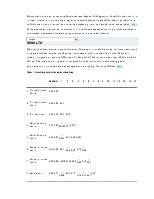
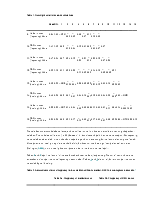
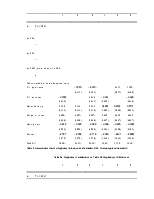
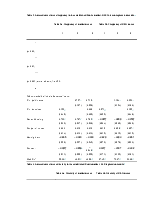
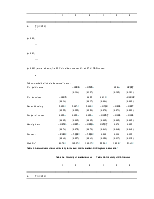
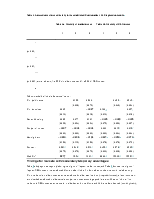
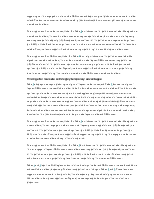
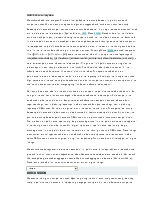
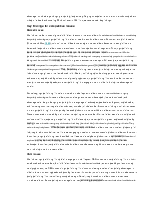

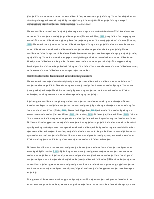
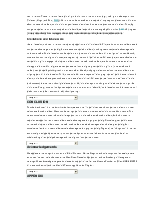
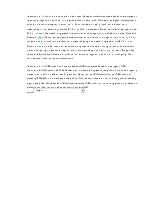
Eric L. Chen1, Riitta Katila2,*, Rory McDonald2, Kathleen M. Eisenhardt2
Article first published online: 27 OCT 2010
DOI: 10.1002/smj.894
Strategic Management Journal
Special Issue: The Age of Temporary Advantage?
Volume 31, Issue 13, pages 1527–1547, December 2010
Abstract
1.Top of page
2.Abstract
3.INTRODUCTION
4.THEORETICAL BACKGROUND
5.HYPOTHESES: ORIGINS OF COMPETITIVE MOVES
6.METHODS
7.RESULTS
8.DISCUSSION
9.CONCLUSION
10.Acknowledgements
11.APPENDIX
12.REFERENCES
Prior work examines competitive moves in relatively stable markets. In contrast, we focus on less stable markets where competitive advantages are temporary and R&D moves are essential. Using evolutionary search theory and an experiential simulation with in-depth fieldwork, we find that the relationship between performance and subsequent competitive moves depends on the type of market, not just on whether performance is high or low. High performers seek to maintain status quo, but this requires different strategies in different markets. They are conservative in established markets and bold in new ones. In contrast, low performers seek to disrupt the status quo. Again, this requires different strategies in different markets. Unlike high performers, low performers are bold in established markets and conservative in new ones where they lack understanding of how to disrupt rivals. Overall, our results incorporate unstable markets in theories of competitive dynamics and competitive interaction in theories of evolutionary search. By examining R&D moves, we also extend competitive dynamics research to include technology-based firms for whom temporary advantages are often essential. Copyright © 2010 John Wiley & Sons, Ltd.
INTRODUCTION
1.Top of page
2.Abstract
3.INTRODUCTION
4.THEORETICAL BACKGROUND
5.HYPOTHESES: ORIGINS OF COMPETITIVE MOVES
6.METHODS
7.RESULTS
8.DISCUSSION
9.CONCLUSION
10.Acknowledgements
11.APPENDIX
12.REFERENCES
How do firms generate temporary competitive advantages? Organization and strategy theorists highlight several types of competitive moves that firms use to defend or improve their position relative to competitors (Chen and Hambrick, 1995; Ferrier, Smith, and Grimm, 1999; Katila and Chen, 2008). For instance, researchers have studied pricing and advertising (e.g., Smith, Ferrier, and Ndofor, 2001) as well as capacity (e.g., Audia and Greve, 2006) and boundary (Ozcan and Eisenhardt, 2009) moves in varied empirical settings from airlines (Miller and Chen, 1996) to robotics (Katila and Chen, 2008), shipbuilding (Greve, 2003a), and Fortune 500 firms (Ferrier, 2001). The core premise is that engaging rivals through competitive moves generates a series of temporary advantages that lead to superior performance.
Several insights emerge from this research. Normative insights suggest that making more moves, more complex moves, and more aggressive moves (i.e., sooner) leads to higher performance (Young, Smith, and Grimm, 1996; Grimm, Lee, and Smith, 2006; Ozcan and Eisenhardt, 2009). Descriptive insights center on the motivations of executives to engage their competitors. One explanation is that strategic incentives, especially the need to improve performance, will spur competitive moves (Smith et al., 2001; Greve, 2003b). Another is that firms are more likely to enact moves if they know that their competitors are unlikely or unable to respond with damaging countermoves (Gimeno, 1999).
Yet despite these influential insights, the literature on competitive moves leaves open several issues. First, although theoretical arguments suggest that temporary advantage and the need to frequently engage competitors is more likely in some markets than in others (Grant, 1996; Thomas and D'Aveni, 2009), empirical studies often focus on established markets such as airlines, shipbuilding, and banking. As a result, new markets in which competitive dynamics and temporary advantage may be especially germane are largely unexplored. In particular, while there is some understanding of first mover entry (Lieberman and Montgomery, 1988, 1998), there is little understanding of the motivations for later competitive moves as new markets unfold. Indeed, authors have encouraged research on competitive moves in new markets where the need to build temporary advantages is particularly relevant (see Smith et al., 2001).
Second, while much empirical literature on competitive dynamics focuses on highly observable moves such as pricing and advertising that are available from archival sources, it often overlooks less visible R&D moves. Yet, it seems likely that these moves, which are more difficult for competitors to track and more likely to disrupt them (and so be more advantageous), are highly relevant, especially in markets where advantage is otherwise extremely temporary.
Уважаемый посетитель!
Чтобы распечатать файл, скачайте его (в формате Word).
Ссылка на скачивание - внизу страницы.